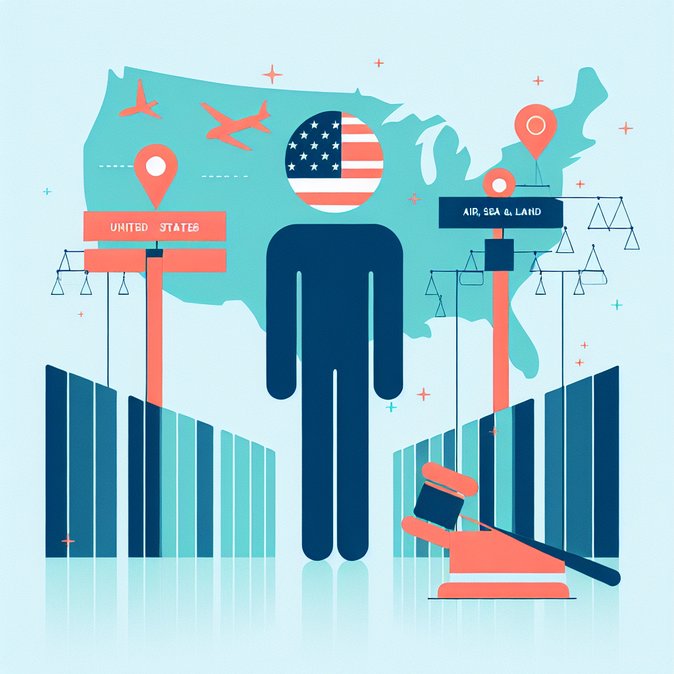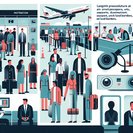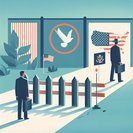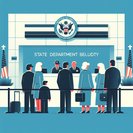
The U.S. Customs and Border Protection (CBP) published a final rule in the Federal Register on October 26 that will dramatically expand the government’s use of facial-recognition technology at the nation’s airports, seaports and land borders. Within 60 days of publication, every non-U.S. citizen—including lawful permanent residents, visa holders, business travelers and even infants—will be required to sit for a photograph on both arrival and departure. The images will be stored and matched against existing passport, visa and watch-list databases to verify identity, detect impostors and flag potential visa overstays.
The decision removes long-standing age exemptions for children under 14 and adults over 79 and closes loopholes that previously allowed some foreign travelers to skip the exit scan. CBP officials say the rule is essential to complete a congressionally mandated biometric entry-exit system first ordered after the 9/11 attacks. According to DHS estimates, more than 350 million travelers will be processed through the expanded program each year once fully deployed.
For global companies, the new requirement will affect everything from crew-rotation schedules to conference logistics. Corporate travel managers will need to update employee travel policies and brief foreign staff on the photo capture process to avoid delays. Multinational firms that routinely move non-U.S. citizens in and out of the country—consultants, technicians, entertainers and flight crews—should expect slightly longer processing times at exit gates as the system scales up.
Civil-liberty advocates, led by the ACLU and the Immigrant Defense Project, have vowed to challenge the rule in court. They argue that facial-recognition algorithms are less accurate for women and people of color and warn that the database could be repurposed for domestic surveillance. CBP counters that misidentification rates have fallen below 0.2 percent in controlled pilots and that photographs are deleted within 12 hours for U.S. citizens who are inadvertently scanned.
Airports and cruise-line operators are broadly supportive, noting that facial matching can replace manual document checks and speed boarding times. Several large hubs—including Atlanta, New York-JFK and Miami—plan to install additional biometric e-gates before the December 26 effective date. Companies that provide border-hardware solutions and algorithmic matching services could see lucrative federal contracts as the rollout continues.
The decision removes long-standing age exemptions for children under 14 and adults over 79 and closes loopholes that previously allowed some foreign travelers to skip the exit scan. CBP officials say the rule is essential to complete a congressionally mandated biometric entry-exit system first ordered after the 9/11 attacks. According to DHS estimates, more than 350 million travelers will be processed through the expanded program each year once fully deployed.
For global companies, the new requirement will affect everything from crew-rotation schedules to conference logistics. Corporate travel managers will need to update employee travel policies and brief foreign staff on the photo capture process to avoid delays. Multinational firms that routinely move non-U.S. citizens in and out of the country—consultants, technicians, entertainers and flight crews—should expect slightly longer processing times at exit gates as the system scales up.
Civil-liberty advocates, led by the ACLU and the Immigrant Defense Project, have vowed to challenge the rule in court. They argue that facial-recognition algorithms are less accurate for women and people of color and warn that the database could be repurposed for domestic surveillance. CBP counters that misidentification rates have fallen below 0.2 percent in controlled pilots and that photographs are deleted within 12 hours for U.S. citizens who are inadvertently scanned.
Airports and cruise-line operators are broadly supportive, noting that facial matching can replace manual document checks and speed boarding times. Several large hubs—including Atlanta, New York-JFK and Miami—plan to install additional biometric e-gates before the December 26 effective date. Companies that provide border-hardware solutions and algorithmic matching services could see lucrative federal contracts as the rollout continues.










